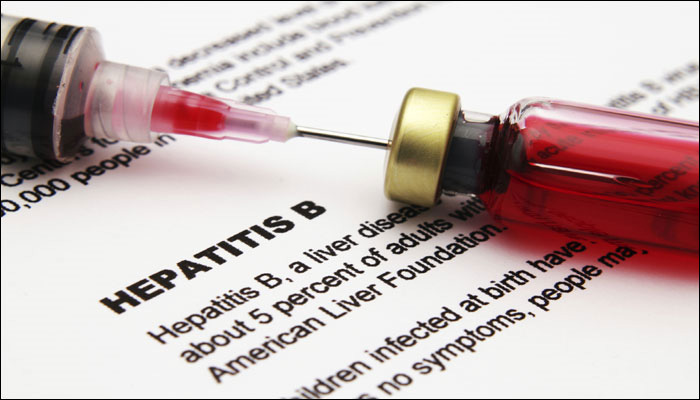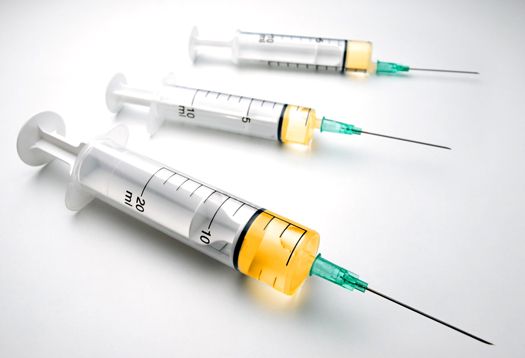Hepatitis B virus (HBV) infection remains a global public health problem with changing epidemiology due to several factors including vaccination policies and migration.

The liver performs many jobs in your body. It processes what you eat and drink into energy and nutrients your body can use. The liver also removes harmful substances from your blood and Hepatitis B is a liver disease caused by the hepatitis B virus (HBV). HBV causes the liver to swell and prevents it from working well.
The 2016 AASLD (American Association for the Study of Liver Diseases) guidelines for the treatment of chronic hepatitis B are outlined below.
- Adults with immune-active chronic hepatitis B infection (ie, ALT >2 times the upper limit of normal [ULN] or significant histologic disease and HBeAg negative [HBV DNA >2,000 IU/mL] or HBeAg positive [HBV DNA >20,000 IU/mL]) (Strong recommendations)
- Administer antiviral therapy to lower the risk of morbidity and mortality associated with chronic hepatitis B infection.
- The recommended initial agent for adults is PEG-IFN, entecavir, or tenofovir.
- Adults with immune-tolerant chronic hepatitis B infection (ie, ULNs: ALT levels ≤30 U/L for men and ≤19 U/L for women)
- Antiviral therapy is not recommended. (Strong recommendation)

- The AASLD suggests obtaining ALT levels at least every 6 months to monitor for potential transition to immune-active or -inactive chronic hepatitis B. (Conditional recommendation)
- For select patients older than 40 years, the AASLD suggests antiviral therapy in the setting of normal ALT levels, elevated HBV DNA (≥1,000,000 IU/mL), and significant necroinflammation or fibrosis on liver biopsy specimens. (Conditional recommendation)
- Adults with HBeAg-positive immune-active chronic hepatitis B who seroconvert to anti-HBe on nucleos(t)ide analog (NA) therapy (Conditional recommendations)
- After a period of treatment consolidation (treatment for ≥12 months in the setting of persistently normal ALT levels and undetectable serum HBV DNA), consider discontinuing NA therapy in noncirrhotic HBeAg-positive adults who seroconvert to anti-HBe while on NA treatment. If antiviral therapy is stopped, monitor the patient every 3 months for a minimum of 1 year for recurrent viremia, ALT flares, seroreversion, and clinical decompensation.
- For cirrhotic HBeAg-positive adults who seroconvert to anti-HBe on NA therapy, the AASLD suggests indefinite antiviral therapy owing to the potential for clinical decompensation and death, unless a strong competing rationale for treatment discontinuation exists. If antiviral therapy is stopped, closely monitor these patients for recurrent viremia, ALT flares, seroreversion, and clinical decompensation.
Adults with HBeAg-negative immune-active chronic HBV infection - The AASLD suggests indefinite antiviral therapy for adults with HBeAg-negative immune-active chronic hepatitis B infection, unless there is a competing rationale for treatment discontinuation. (Conditional recommendation) If antiviral therapy is stopped, monitor the patient every 3 months for a minimum of 1 year for recurrent viremia, ALT flares, and clinical decompensation.
- Antiviral therapy is not recommended for noncirrhotic individuals who are HBeAg negative and who have normal ALT activity and low-level viremia (<2,000 U/mL; “inactive chronic hepatitis B”).
Children with chronic hepatitis B infection
- For HBeAg-positive children aged 2 years up to 18 years who have both elevated ALT and detectable HBV DNA levels, the AASLD suggests antiviral therapy (IFN-alpha-2b: age ≥1 year; lamivudine, entecavir: age ≥2 year), with the goal of achieving sustained HBeAg seroconversion. (Conditional recommendation) If antiviral therapy is stopped, monitor the child every 3 months for a minimum of 1 year for recurrent viremia, ALT flares, and clinical decompensation.
- Antiviral therapy is not recommended for HBeAg-positive children aged 2 years up to 18 years who have persistently normal ALT (conservative value: 30 U/L), regardless of the HBV DNA level. (Strong recommendation)
Besides there are some specific Dietary limitations, like
- Patients with acute or chronic hepatitis without cirrhosis have no dietary restrictions. For individuals with decompensated cirrhosis (signs of portal hypertension or encephalopathy), the following dietary limitations are indicated:
- A low-sodium diet (1.5 g/day)
- High-protein diet (ie, white-meat protein, such as chicken, turkey, or fish)
- Fluid restriction (1.5 L/day) in cases of hyponatremia
Reference: